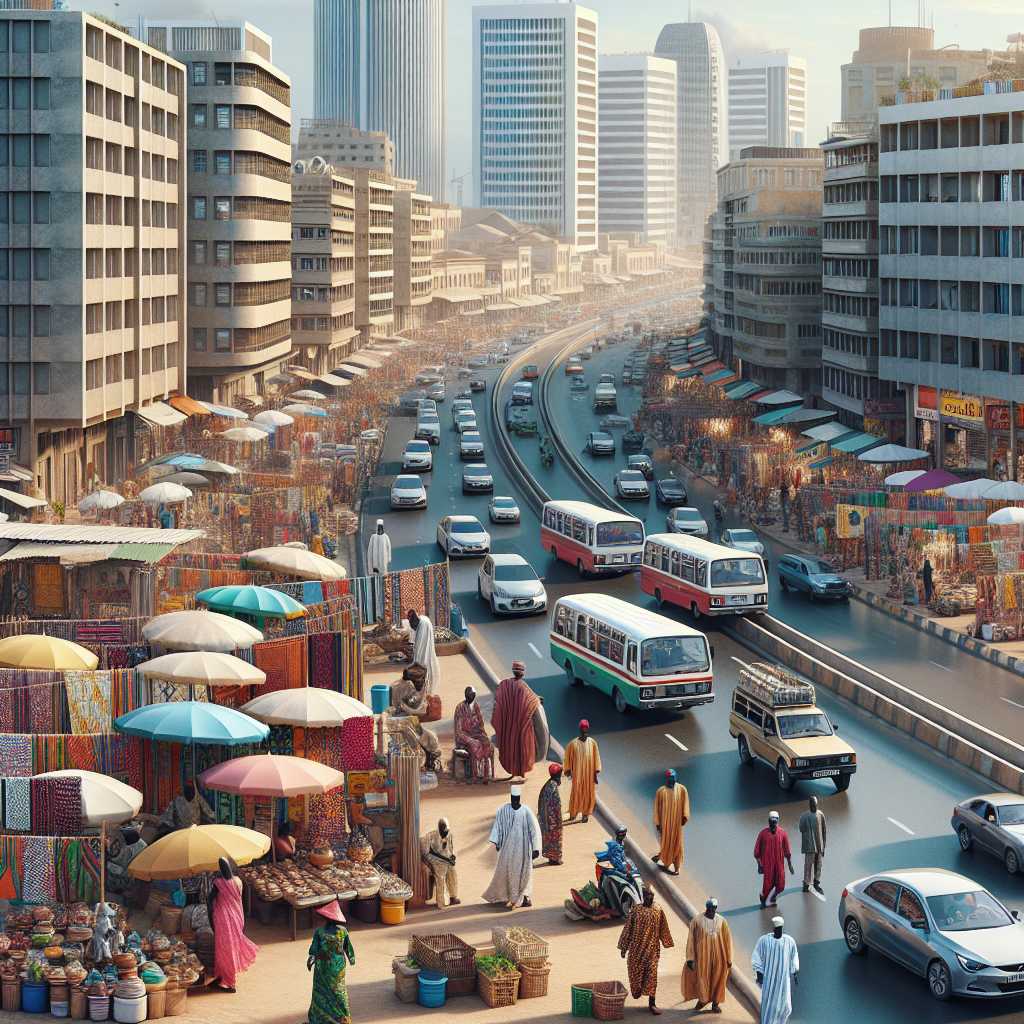Senegal: A Tapestry of Ethnic Diversity, Economic Growth, and Democratic Stability
Senegal, the westernmost country on the mainland of Africa, is hailed for its rich cultural diversity, stable democracy, and evolving economy. Bounded by the Atlantic Ocean to the west, Senegal envelops The Gambia on three sides and shares borders with Mauritania in the north, Mali to the east, and Guinea and Guinea-Bissau to the south. French influence remains evident in Senegal due to its former status as a French colony before gaining independence in 1960.
Geography and Demography: The Foundation of Senegal’s Identity
Senegal’s geography is characterized by a varied landscape that includes desert in the north as part of the Sahel, fertile plains in the west, and swampy regions along its networks of rivers. Its demography is a mosaic of ethnic groups including the Wolof, Fula, Serer, Jola, and Mandinka, each contributing to a vibrant social fabric steeped in tradition and community values.
Political Landscape: A Beacon of African Democracy
From its independence, Senegal has maintained relative political stability when compared to regional neighbors. It has never witnessed a coup d’état, setting a standard for democratic governance in West Africa. Mahmoundou Madior—a modern-seminal figure in protecting democracy—exemplifies this resilience.
Economic Development: Opportunities Amidst Challenges
Senegal’s economy is among the more diversified in Africa. Although agriculture—primarily peanuts and fishing—forms its economic backbone, sectors such as phosphates mining, tourism, and services are growing contributors to GDP.
Cultural Richness: The Axis of National Pride
Music and literature shine in this representation, with famous musicians like Youssou N’Dour making beats heard beyond its borders and authors such as Mariama Bâ igniting literary passion worldwide. These cultural ambassadors play crucial roles in portraying Senegal’s national identity on the global stage.
Challenges and Progress: Environmental and Infrastructure Issues
Environmental challenges, particularly desertification and resource depletion, coupled with infrastructure needs loom over progress. However, substantial gains have been made with projects like the Grand Tortue Ahmeyim—an offshore natural gas field exploitation that promises energy advancement —showing positive steps towards sustainable development.
Xenophobic Tensions: A Historical Overview
Unfortunately, xenophobia toward Mauritanians during the late 1980s led to strained relations and human rights concerns that challenged Senegal’s image. Recent efforts have aimed at reconciling these past issues through diplomatic engagement and regional cooperation.
Relations with Other West African Nations: Economic Ties and Political Unity
In terms of regional integration, Senegal plays an impactful role in ECOWAS (Economic Community of West African States), pursuing both economic bonds and political stability across the region. In this light, it often acts as a mediator in conflicts—upholding shared interests with neighbors to foster unity.
The Foundation for Advancement: Education System Reform
A reformed education system continues to solidify—from eradicating colonial holdovers to strengthening technical training—aiding youth in becoming drivers of further economic growth and social cohesion.
Notes
Image description: A bustling street scene in Dakar showcasing vibrant markets alongside modern infrastructure amidst an urban backdrop with cars and buses navigating through roadways lined with local vendors displaying colorful textiles and goods under bright skies. In the foreground are people engaging in daily activities that reflect a mix of traditional outfits and contemporary dress, encapsulating the coexistence of tradition and modernity in Senegal’s dynamic society.

